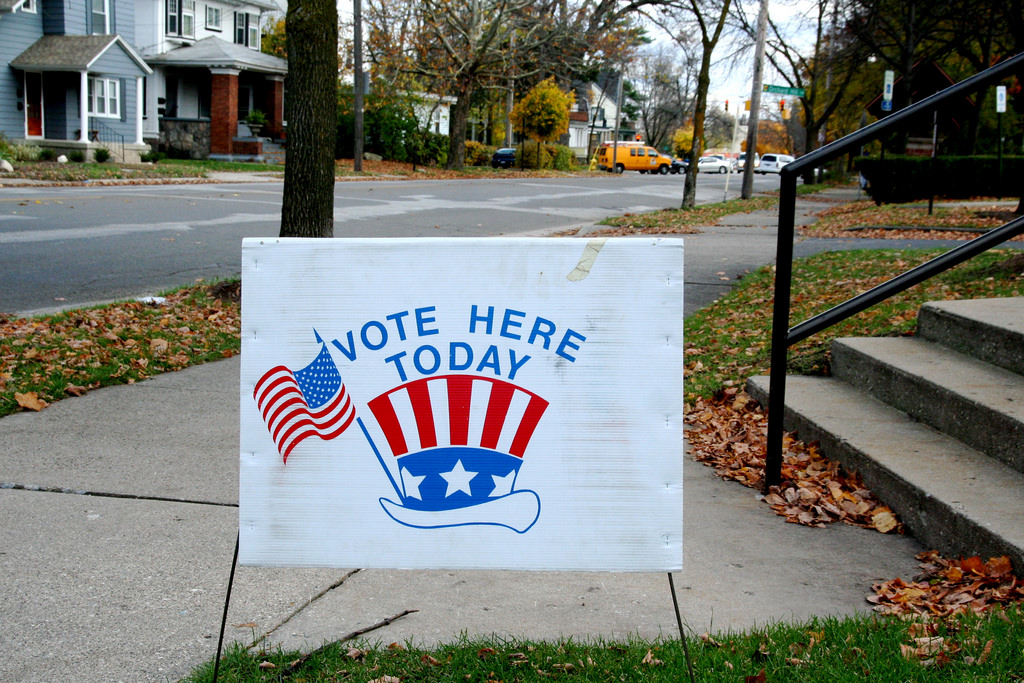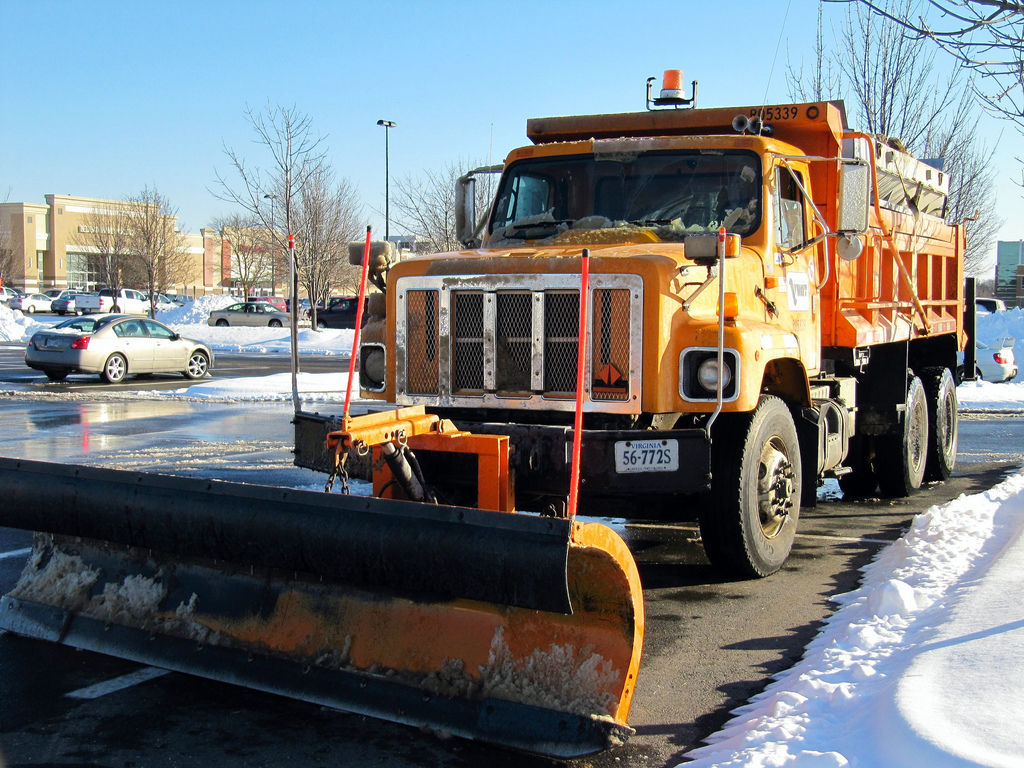Although election turnout last Tuesday was not on par with the presidential elections in the past, in one demographic, voting was at a quarter-century high. Approximately 31 percent of registered voters aged 18 to 29 cast ballots during the midterm elections. The results were well above the midterm election turnout of 2014, and the highest for any midterm in the past 25 years, according to a study from Tufts University in the Boston suburbs, the Christian Science Monitor reports.
The study found that young people heavily favored Democrats on Election Day, with 67 percent of young voters choosing a House Democratic candidate and just 32 percent going for a House Republican candidate. The 35-point vote choice gap undoubtedly helped the party of the left gain back the majority and flipping the governorships of seven states – Illinois, Kansas, Maine, Michigan, Nevada, New Mexico, and Wisconsin – with two more in recount status in Georgia and Florida.
Even though Millennials are the most-populous voting block now, and even though their generation-based voting turnout is not that great – the question is for what reason are they becoming more and more active in the public civics domain, and why is the Republican message not resonating with them?
This comes at a time when most adults do not know the three branches of the federal government, and many young folks may not even know who the vice president is, who is Mike Pence for those who are still wondering.
Possibly, there are beginning to be more action-based approaches to civic education that do not rely solely on traditional historical education. For example, less Paul Revere and less George Washington and more Bernie Sanders and more Nancy Pelosi. Youths engaging in political activism will surely get them to the ballot boxes, but it will have an inverse, negative effect if it is based on one single aspect like resistance or emotion.
Nevertheless, Massachusetts Governor Charlie Baker (R) signed a bipartisan bill recently that encourages civics education in public schools with the goal of giving students a better understanding of how the nation’s political system works and how it affects all Americans. According to AP, the law requires school districts to help students as early as eighth-grade complete at least one student-led civics project, either individually, with a small group, or with an entire class, which is implemented in a non-partisan fashion. It also seeks to give schools the ability to provide to students a “21st-century update on civic education…teaching of digital media literacy and modern etiquette toward the American flag.”
Schooling has always been a process that molds not only a student’s abilities, but more importantly even, a student’s worldview based upon the values of the particular educator. As more non-partisan education initiatives are implemented in the nation’s classrooms, the younger generation depends on value-neutral educational premises to be able to make proper and well-informed decisions at the ballot box.
If it is true that, “Men are cast-iron, but children are wax,” then much more must be done by those with effective political values to help educate and inspire the younger generation that being involved in the political process is something that must be taken seriously and must be acted upon in every election.





